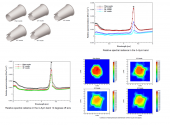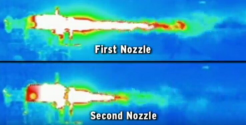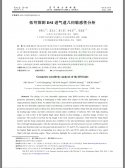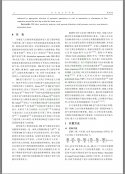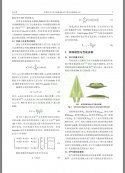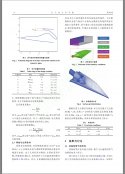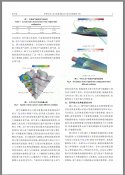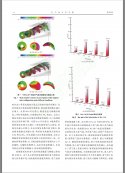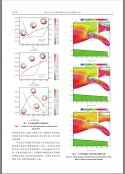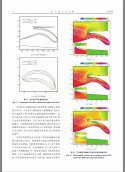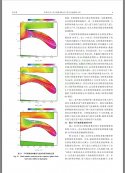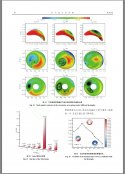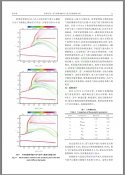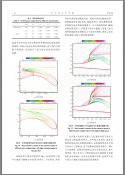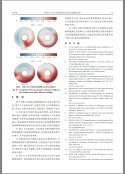Regarding the F119 flat nozzles, it’s a fully convergent-divergent design with variable throat area and the long exhaust petals for the divergent section also give it a higher expansion than most round nozzles. The F-22 nozzles are very good in performance, their main issue is that they’re very heavy, and the rear fuselage also needs to be built more heavily to handle the vectoring loads, part of why the F-35 didn’t go that route and went with a round nozzle.
The F119 nozzles cool the exhaust faster since it flattens the plume to increase cooling surface area. Also, the wedge shape of the flaps help it mix with cooling air better too, similar to the effect of a round nozzle with chevrons which has a noticeable benefit for IR signature. It’s not as much as the B-2 style exhaust trench, but it’s still a noticeable improvement. Again the issue with the F119 flat nozzle isn’t the performance, but the large weight and maintenance requirements.
The WS-15 looks like it’s going the F135 route of round nozzle with chevrons, which again will have noticeable benefit for IR signature.
View attachment 135496

